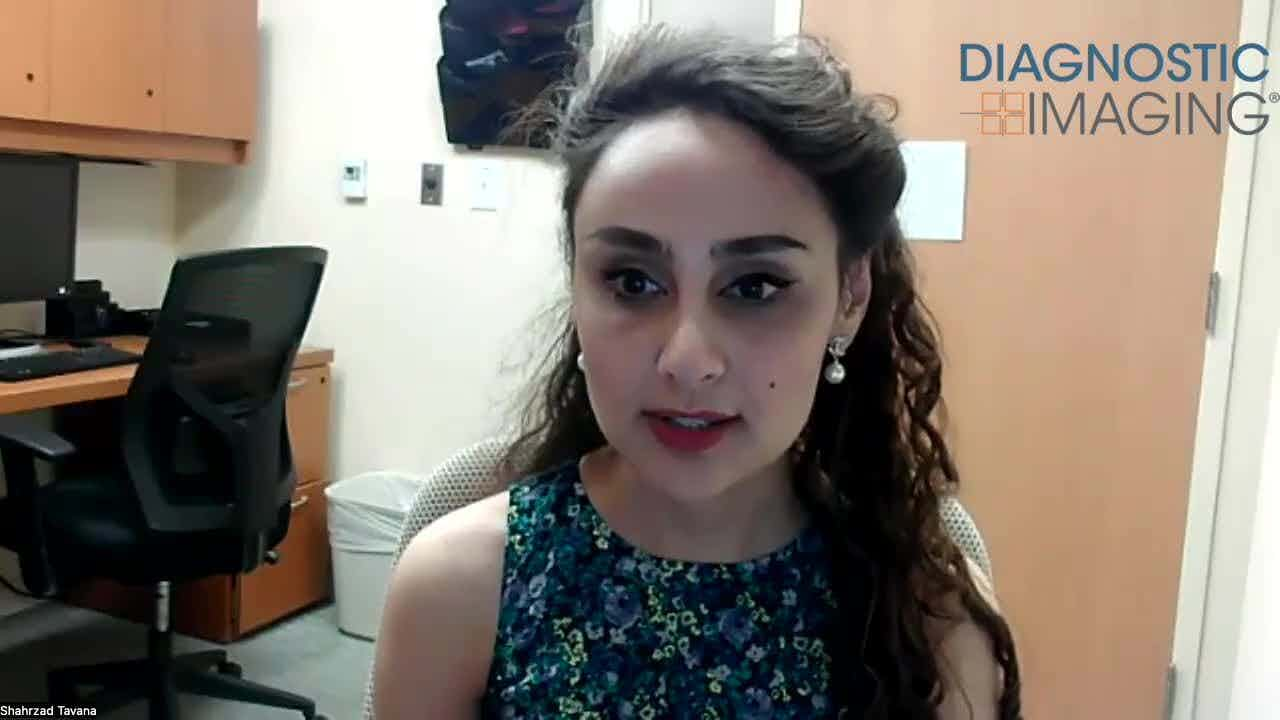Toshiba aspires to greater heights with advanced MR
In cardiac catheterization, it's known as the money shot: coronaries floating in space with the shadow of the heart behind them. It is also the hardest shot to get, because of the amount of tissue that x-rays must penetrate. As patients get larger, the going gets tougher. But for MRI, capturing this shot has become a piece of cake.
In cardiac catheterization, it's known as the money shot: coronaries floating in space with the shadow of the heart behind them. It is also the hardest shot to get, because of the amount of tissue that x-rays must penetrate. As patients get larger, the going gets tougher. But for MRI, capturing this shot has become a piece of cake.
A Toshiba workstation turns MR cardiac data into images with enough detail that they rival the best from the gold standard modalities in cardiac imaging, according to Bob Giegerich, director of the MR business unit at Toshiba America Medical Systems. The workstation processes MR angiographic data acquired with the company's newly released 1.5T Vantage ZGV. Specialized algorithms correct for motion artifacts in real-time.
"We are on the verge of having a complete cardiac panel," Giegerich said. "With this, MR will replace everything-nuclear medicine, ultrasound, and cardiac cath."
Gadolinium-based studies, performed on Vantage ZGV and processed on the new workstation, pick up scars in the myocardium so small they may escape detection with thallium studies using conventional gamma cameras. Delayed contrast enhancement data might help identify patients who will benefit from revascularization following myocardial infarction.
These developments are the latest in an effort by Toshiba to take the high ground in MR, efforts epitomized by the commercial launch early this year of the Vantage ZGV. The new product sits atop the Vantage family of MR scanners, which is built around an ultrashort magnet measuring 140 cm long. Other family members offer a linear 30 mT/m gradient strength with a slew rate of 50 T/m/sec (Vantage AGV), 86 T/m/sec (Vantage MGV), or 130 T/m/sec (Vantage XGV).
Toshiba's cardiac package works on the Vantage XGV, but it works better on Mr. Z, as Giegerich calls it.
"If customers want to dabble in cardiac, we sell the X; if they are serious, we sell the Z," he said. "And we do have an upgrade to the Z."
Giegerich touts upgradability as the key to the future of MR, especially in light of cost constraints. At Toshiba, upgrades are based on gradients lettered A, M, X, and Z, Toshiba's so-called A to Z approach, ergo the subnames for Vantage.
Although Toshiba's cardiac package delivers extraordinary images, its results are overshadowed by 64-slice CT. This application, however, is only one that Giegerich hopes will distinguish Toshiba's new high end. A collaborative effort with coil developer MR Instruments promises to pump the capabilities of Mr. Z along a more familiar path in MR.
The two companies are adapting head coil technology to produce images that Giegerich says are competitive with those obtained at 3T. The proprietary coil technology was first developed by MR Instruments for use on systems operating at 1.5T and above. The coils transmit and receive MR signals, utilizing separate electronic circuits distributed throughout the coils. The efficient design generates a stronger signal, according to MR Instruments.
Toshiba has other tricks up its sleeve, including a 3T scanner. But the curtain may not rise on that act for a while. The company will get into 3T only when it can "add value to the marketplace," Giegerich said.
MRI Study at ARRS Raises Questions About Disparities in Detection of MASLD
May 3rd 2025New research revealed that Hispanic Americans with evidence of hepatic steatosis on MRI but no formal diagnosis of MASLD had over a fourfold higher risk of developing hepatocellular carcinoma in comparison to those who had a formal diagnosis of MASLD.
FDA Clears MRI-Based AI Segmentation of Organs at Risk During Radiation Therapy
May 2nd 2025Capable of segmenting over 37 organs and structures in the head, neck and pelvis, the MR Contour DL software is currently being showcased at the European Society for Radiotherapy and Oncology (ESTRO) conference.










